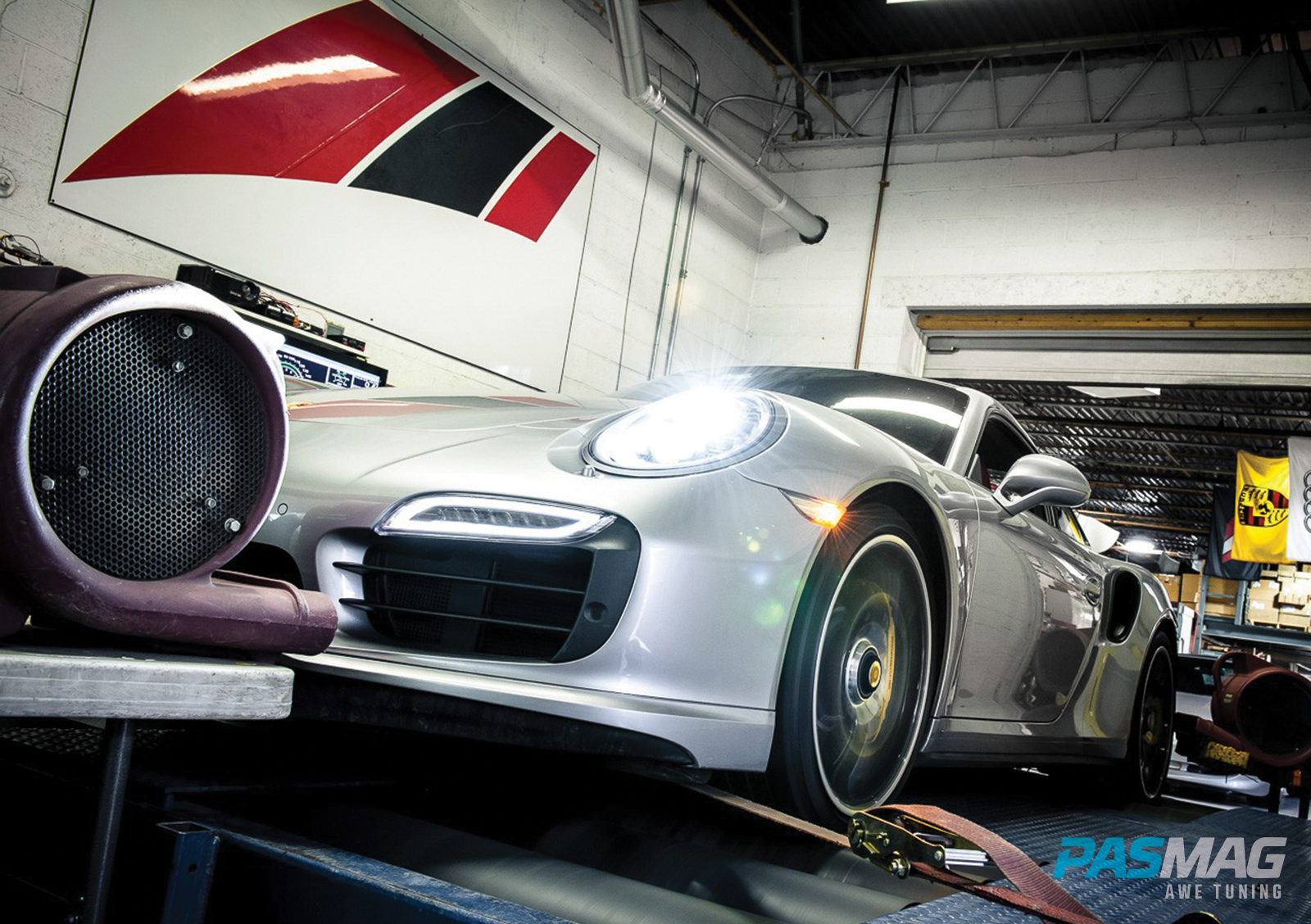
Written by Micky Slinger | Photos by Awe Tuning, Haltech USA, Papadakis Racing, & Aph Dyno
It’s on the forums, it’s on the threads, it’s everywhere. There’s someone whining that they bolted on some parts and they’re not seeing the power gains. In all likelihood, it could be the eBay knock-off bits they bought for ‘Mad gains, bro!’ But assuming they went the proper route and got themselves some decent equipment, it’s a case of lost potential.
An engine works by sucking in air and fuel, compressing that within the cylinder, detonating it with a spark and then blowing it all out the back. Suck, squish, bang and blow. When a car comes from the factory, it is equipped with an engine control unit (ECU), which is programmed to feed the engine the proper air-fuel ratio (AFR) and ignition timing to burn all of the injected fuel and detonate without knocking the engine. A knock is a mistimed detonation in the engine that can do some serious internal damage. Bent rods equal no fun.
The always-tried-and-sometimes-true advice of I/H/E (intake, header, exhaust) in the unofficial hit children’s classic Everybody Tunes, is the basis that almost everyone follows when starting out. In order for the engine to function better, it needs to breathe better. However, the factory ECU has no idea that it suddenly has some shiny, new upgraded lungs in the bay. This is where ECU tuning comes in handy. Let’s go over what you’ll need.
Piggyback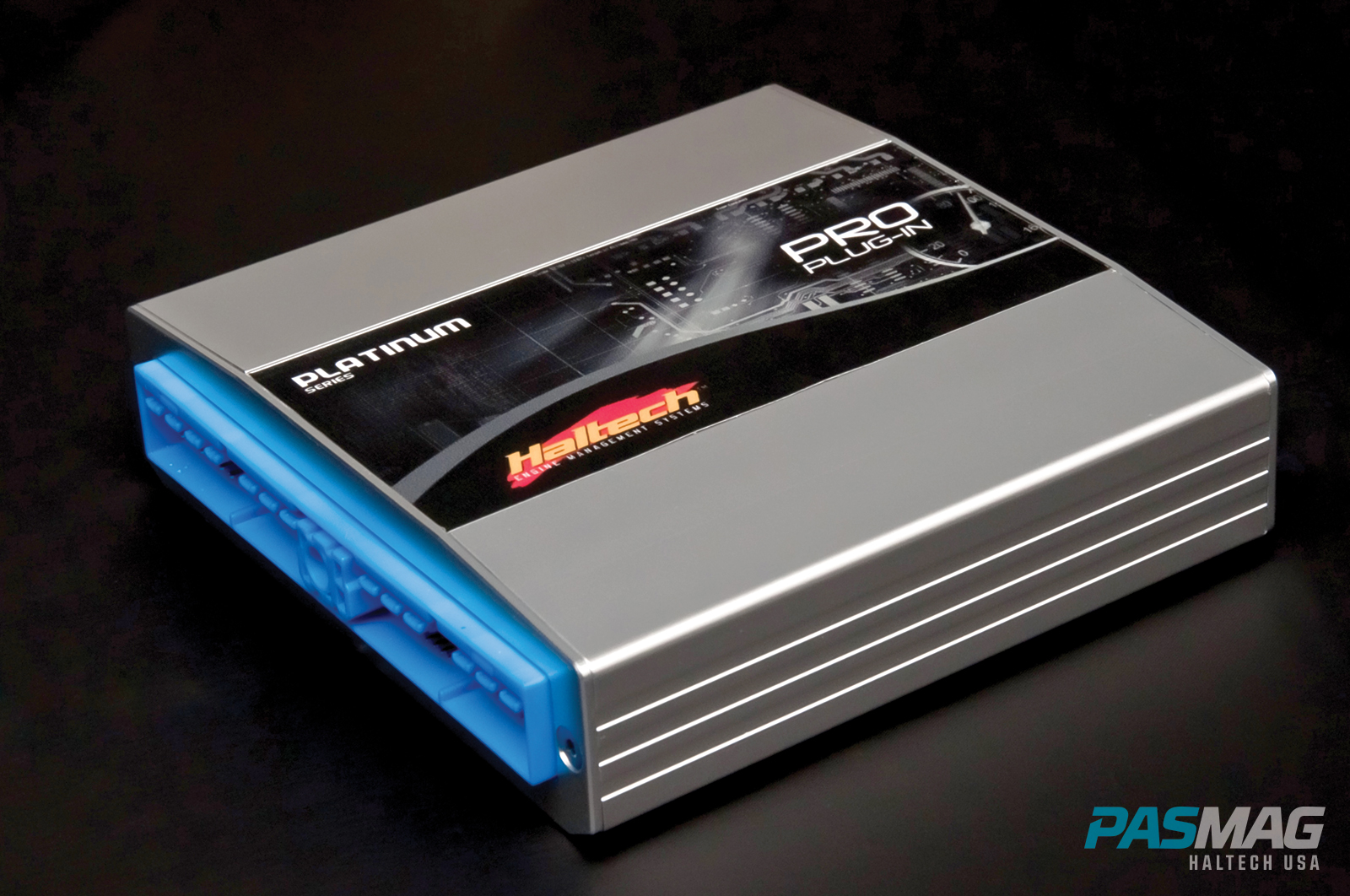 Strapping your car onto another, more powerful car is called piggybacking. Just kidding. A piggyback is a smaller computer that attaches to the factory ECU like a bad influence. OEM management will want to go about its business as usual, but the piggyback will be whispering, “What are you doing, man? That’s not how you go fast. C’mon, all the cool kids are doing it. Let me show you.” Adam Peeling, tech head at Haltech USA, laid it out it more eloquently.
Strapping your car onto another, more powerful car is called piggybacking. Just kidding. A piggyback is a smaller computer that attaches to the factory ECU like a bad influence. OEM management will want to go about its business as usual, but the piggyback will be whispering, “What are you doing, man? That’s not how you go fast. C’mon, all the cool kids are doing it. Let me show you.” Adam Peeling, tech head at Haltech USA, laid it out it more eloquently.
“You can have a piggyback ECU, which is another computer that attaches onto your factory computer and modifies signals going into it to fool it into adjusting the tune to how you would like it,” Peeling says.
When using a piggyback system, because it is older tech, there are limitations compared to other systems. Only running ignition and fuel control can be run with a piggyback. Colin Green, the head wrench at Teknotik, uses the system himself, but says there isn’t enough room to grow if you’re tackling a more aggressive build.
“They have piggyback systems for ignition control and fuel control, so you can tweak a little bit,” says Green. “But you can’t go too far and run 2,000 cc injectors because that’s too far out of the norm for that computer to see.”
Piggybacks are not only the best mode of drunken transportation; they’re the most cost effective choice for your mild build to find a bit more power.
Flash & Chip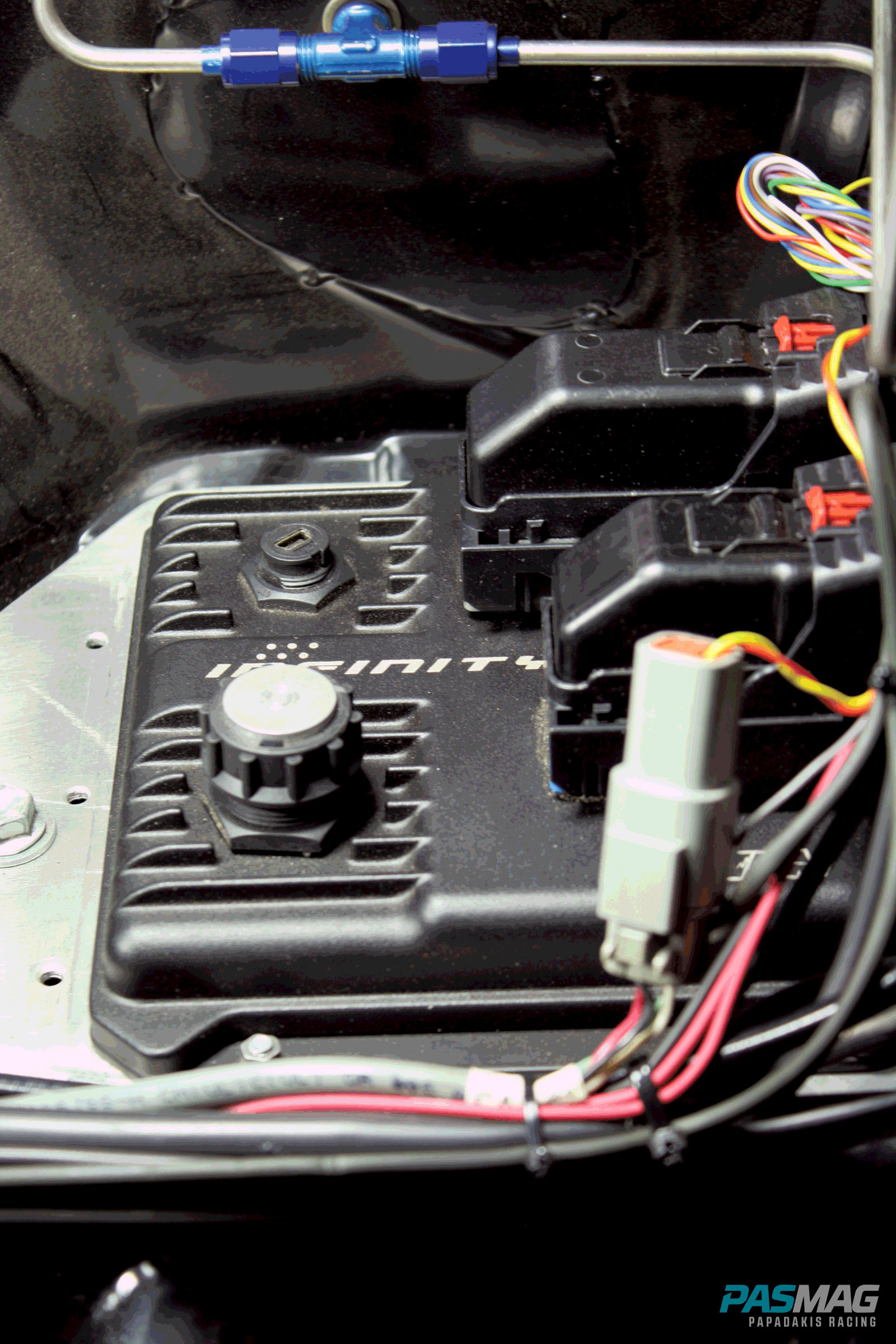 A flashed ECU is a step up from the piggyback. Chipping involves taking an OEM ECU and modifying it with chips, or replacing the board inside it. Flashing takes a flashed device and uses it to feed files directly into the factory engine management via the OBD II port, replacing its factory settings. In both instances, the ECU will be modified to hold the parameters of your choosing, while not causing the check engine light to come on in the dash. It’s almost like the memory eraser from Men in Black, but instead of forgetting two mysterious men in suits, it forgets what being slow was. Green lists the benefits.
A flashed ECU is a step up from the piggyback. Chipping involves taking an OEM ECU and modifying it with chips, or replacing the board inside it. Flashing takes a flashed device and uses it to feed files directly into the factory engine management via the OBD II port, replacing its factory settings. In both instances, the ECU will be modified to hold the parameters of your choosing, while not causing the check engine light to come on in the dash. It’s almost like the memory eraser from Men in Black, but instead of forgetting two mysterious men in suits, it forgets what being slow was. Green lists the benefits.
“Most of the flash systems are going to work with the OBD II ports, so you can still pass an emissions test because it uses the stock ECU,” says Green. “[A flashed ECU] can still run other parts of the car and still works with traction control and ABS.”
For the tuner on the ramen noodle diet, there is a more cost effective branch of this type of ECU tuning. There are open source options, which can be used to flash the stock computer, as well as setting the AFR and ignition timing to your exact specifications. Remember, if you choose this route, it’s your fault when your engine blows up and, like Peeling says, you’re still a little limited in terms of capability.
“They definitely have their place in the market, especially for people who are on a budget and don’t have the money to step up to the standalone systems,” says Peeling. “At the same time, there is a point at which we recommend people moving from that into a standalone. There are so many benefits and features that you get from a standalone that OEM ECUs can’t offer because they just weren’t designed to do what people are trying to do with them.”
Flashing and chipping are the middle ground when it comes to ECU tuning. It’s the most accessible due to the open source option, and opens the doors to a more custom tune that still keeps your car happy by not tripping any check engine lights. Flash and chip also sounds like fish and chips and now you’re going to want some. You’re welcome.
Standalone
A standalone really does stand alone in a class of its own. This is a system that fully replaces an OEM ECU. GM knock sensor in a Toyota? Sure thing. Program it into the standalone and go to work. Whatever sensor you need or parameter you’re after, chances are that a standalone system can handle it. As it’s the most custom option, naturally, it’s the most expensive. Peeling says he is in favor of standalone systems, and justifies the price because of all of the benefits they bring.
“For the end user, it’s more of a cost versus benefit,” says Peeling. “You can spend $600 on a re-flash program and get half the stuff that you need and that gets you by for a while, until you have to go and re-spend the money — $1,000 or $1,200 on a standalone — to get everything you needed in the first place.”
Other little bonuses that standalones offer include flex fuel options and data logging. No more reprogramming with every E85 fill up and no more flying laptops while you’re trying to keep a handle on your AFR and ignition readings. Haltech ECUs also offer engine protection that shuts things down when something fails or goes outside of operating range.
Bonuses, options, completely custom tuning and a big price tag. Is the cost worth it? Well, if you’ve already poured $12,000 into your engine bay, an extra $1,000 investment to protect your investment is probably worth it, moneybags.
Maps & Dynos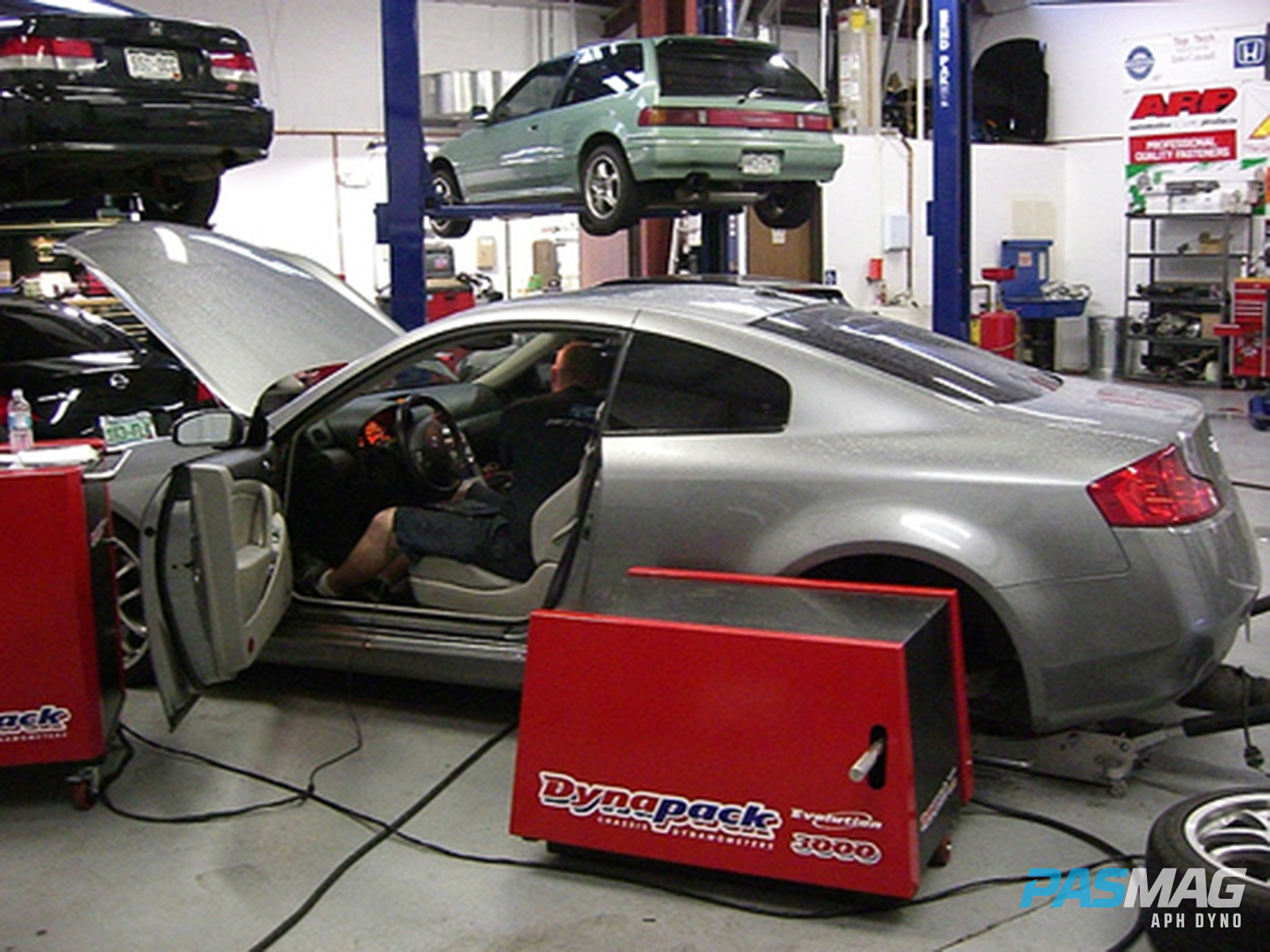 Tuning is kind of like being an adventurer. Without maps, you’re not going to get very far. On one hand there’s a pile of gold, but getting your engine to run harder, better, faster and stronger than before is kind of like opening a sarcophagus full of riches.
Tuning is kind of like being an adventurer. Without maps, you’re not going to get very far. On one hand there’s a pile of gold, but getting your engine to run harder, better, faster and stronger than before is kind of like opening a sarcophagus full of riches.
To find your way to the golden-tuned ECU, you’re going to need two maps: an AFR map and an ignition map. How do you obtain such relics? On a dynamometer (or dyno, as the cool kids say). An OEM ECU looks for coordinates on a map for correct air and fuel amounts before injecting them and making them go boom with a spark. By remapping these coordinates on the dyno, you are able to adjust AFR and ignition timing.
How do you know what the ideal AFRs are? The stoichiometric AFR is 14.7:1. This is the golden range for naturally-aspirated engines. Boosted engines run a little richer at 12:1 to prevent knocking, which we’ve established are no fun.
When you feel ready to hit the dyno, heed some advice from the master himself, Colin Green. He was actually raised on a dyno (I don’t know if this is true, but I wouldn’t doubt it).
“If you’re going to spend the money to tune, you’ll usually spend between $500 to $800 just to get on the dyno for four or five hours to tune,” says Green. “You really want to make sure the car is running properly. Any problems you’ve had before, get that all fixed and sorted out because you don’t want to be spending $200 an hour on the dyno and you have problems and you’re trying to fix stuff, because that’s just going to cost you more.”
Make sure any mechanical issues are taken care of, coolant is bled and all leaks are sealed tight. A base map is also required, as a blank ECU isn’t going to have much to read on it.
If you’re looking to maximize your bolt-ons, or looking to take your car to the next level, tuning is the answer. Weigh your options, do your research, feel how light your wallet is and hit the dyno. And no, Mr. eBay, you’re not going to get power by tuning your “electric supercharger.” C’mon, man.
Related Articles
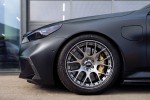 BBS Launches Two-Piece CH-R II Unlimited Wheel in 20–22 Inches
BBS Launches Two-Piece CH-R II Unlimited Wheel in 20–22 Inches
 KW Releases V3s Compatible with BMW Air Suspension and EVs
KW Releases V3s Compatible with BMW Air Suspension and EVs
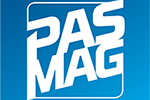 Lexus unveils all-electric LFA Concept
Lexus unveils all-electric LFA Concept
 Toyota unwraps GR GT supercar and GR GT3 racer
Toyota unwraps GR GT supercar and GR GT3 racer
 Genesis reveals first Magma production car and supercar concept
Genesis reveals first Magma production car and supercar concept
 Chopping Block: BMW Z4
Chopping Block: BMW Z4




